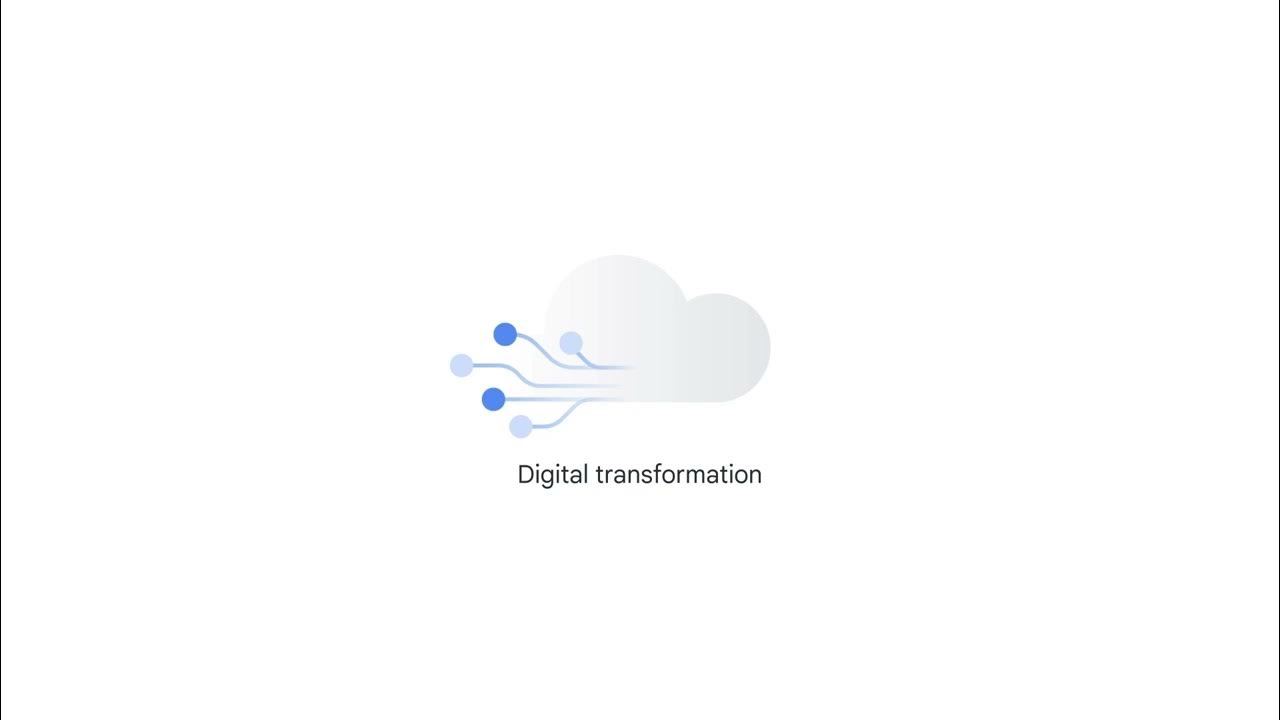Google’s Principles of Innovation: How we create, launch, and iterate
Summary
TLDRAnna Baird, a Google expert, delves into Google's innovation principles that drive its transformation and change management. Emphasizing a user-focused approach, Google encourages its employees to innovate boldly, exemplified by products like Gmail and Google Drive, which started as pet projects and now serve over a billion users. The principles include fostering an environment for innovation, betting on technical insights, and thinking 10x for radical solutions. Google supports this culture through programs like 20% projects, allowing for rapid experimentation and learning from failures.
Takeaways
- 🌟 Google's core principle is innovation, with every Googler encouraged to be creative and think big.
- 🚀 Many Google products, like Gmail and Google Drive, started as pet projects and have grown to serve over a billion users each.
- 👤 The first innovation principle at Google is to always focus on the user, which is deeply embedded in their culture and processes.
- 🔍 Google's search development shows a shift from a reactive to a more suggestive approach, aiming to provide users with comprehensive and contextual information.
- 💡 The principle of 'bet on technical insights' involves using data and technical knowledge to solve problems and improve solutions.
- 🏗️ The 'Freedom to Innovate' principle allows Google to push boundaries and foster a culture where out-of-box thinking is encouraged.
- 🔄 Google's approach to innovation includes constant change and iteration, as seen in the continuous updates to their search pages.
- 🌕 The 'Think 10x' or 'moonshot' principle encourages radical solutions to big problems, aiming for a tenfold improvement rather than incremental changes.
- 🚀 Google supports its employees in pursuing moonshot ideas through various programs like 20% projects, secondments, rotations, Google Ventures, and Google X.
- 🤝 The process of pursuing a moonshot idea involves finding support within the business and using that as a foundation for project proposals.
- 🔑 Google's innovation principles are designed to ignite passion in employees to focus on the user, foster an environment of innovation, and to take on big, challenging ideas.
Q & A
What is Anna Baird's role at Google?
-Anna Baird is a subject matter expert at Google, specializing in business transformation and change management programs.
Why is innovation considered vital at Google?
-Innovation is considered Google's lifeblood, as it is the driving force behind the company's growth and success, with every Googler encouraged to innovate and be creative.
What is a 'pet project' at Google and how do they contribute to Google's product portfolio?
-A 'pet project' at Google refers to an idea or product that initially started as a personal project of an engineer. These projects, with sponsorship and a platform to share results, can evolve into real products, as seen with Gmail and Google Drive, which both started as pet projects and now serve over a billion users each.
What is the significance of Gmail's journey from a pet project to a widely used product?
-Gmail's journey signifies Google's ability to nurture internal ideas and turn them into successful products. It started as a single engineer's pet project and has grown to serve more than a billion monthly users, showcasing the company's commitment to innovation.
What is the first innovation principle Google follows according to Anna Baird?
-The first innovation principle Google follows is to focus on the user, which is considered the bedrock of everything they do at the company.
How does Google ensure empathy for the user in its design process?
-Google ensures empathy for the user by using the design thinking methodology, which was developed in partnership with Stanford University, as the perfect starting point for any design process.
What is the concept of 'technical insights' in the context of Google's innovation principles?
-Technical insights refer to the subprinciple of betting on technical solutions to solve problems. It involves allowing solutions to be tested and using the technical insights gathered to iterate on solutions.
What does the 'freedom to innovate' principle entail at Google?
-The 'freedom to innovate' principle entails creating an environment that fosters a culture of innovation, allowing Googlers to push the boundaries of what's possible with existing and developing projects.
How does Google encourage out-of-box thinking and challenging the impossible?
-Google encourages out-of-box thinking by asking questions like 'could we allow users to see a restaurant's ratings, menu, opening and closing times all in one window pane?' and then exploring the necessary changes to make this happen.
What is the '10x' or 'moonshot' thinking principle at Google?
-The '10x' or 'moonshot' thinking principle is about coming up with radical solutions to huge problems, aiming for a 10 times improvement rather than just a 10% incremental fix.
How does Google support its employees in pursuing 'moonshot' ideas?
-Google supports its employees in pursuing 'moonshot' ideas through programs like 20% projects, secondments, rotations, and more substantial testing programs like Google Ventures and Google X, allowing employees to feel comfortable to fail fast, learn, and try again.
Outlines

This section is available to paid users only. Please upgrade to access this part.
Upgrade NowMindmap

This section is available to paid users only. Please upgrade to access this part.
Upgrade NowKeywords

This section is available to paid users only. Please upgrade to access this part.
Upgrade NowHighlights

This section is available to paid users only. Please upgrade to access this part.
Upgrade NowTranscripts

This section is available to paid users only. Please upgrade to access this part.
Upgrade NowBrowse More Related Video

Google's Corporate Culture - 3 Lessons Any Organization Can Apply

Digital Transformation Principles

What is Change Management? Change Management process.

Summary

Keynote: Future of Networks: AI-Driven Network Transformation - Ankur Jain & Kandan Kathirvel

Google CEO Sundar Pichai and the Future of AI | The Circuit
5.0 / 5 (0 votes)